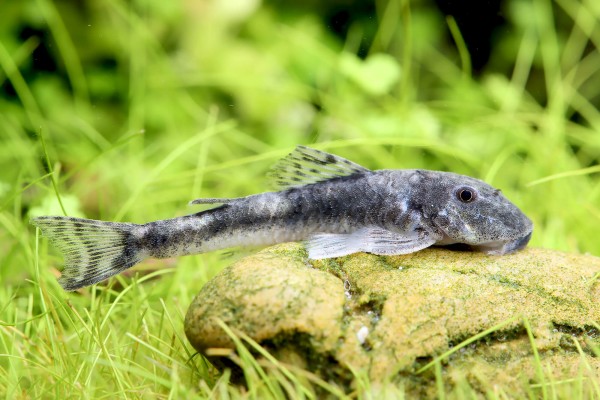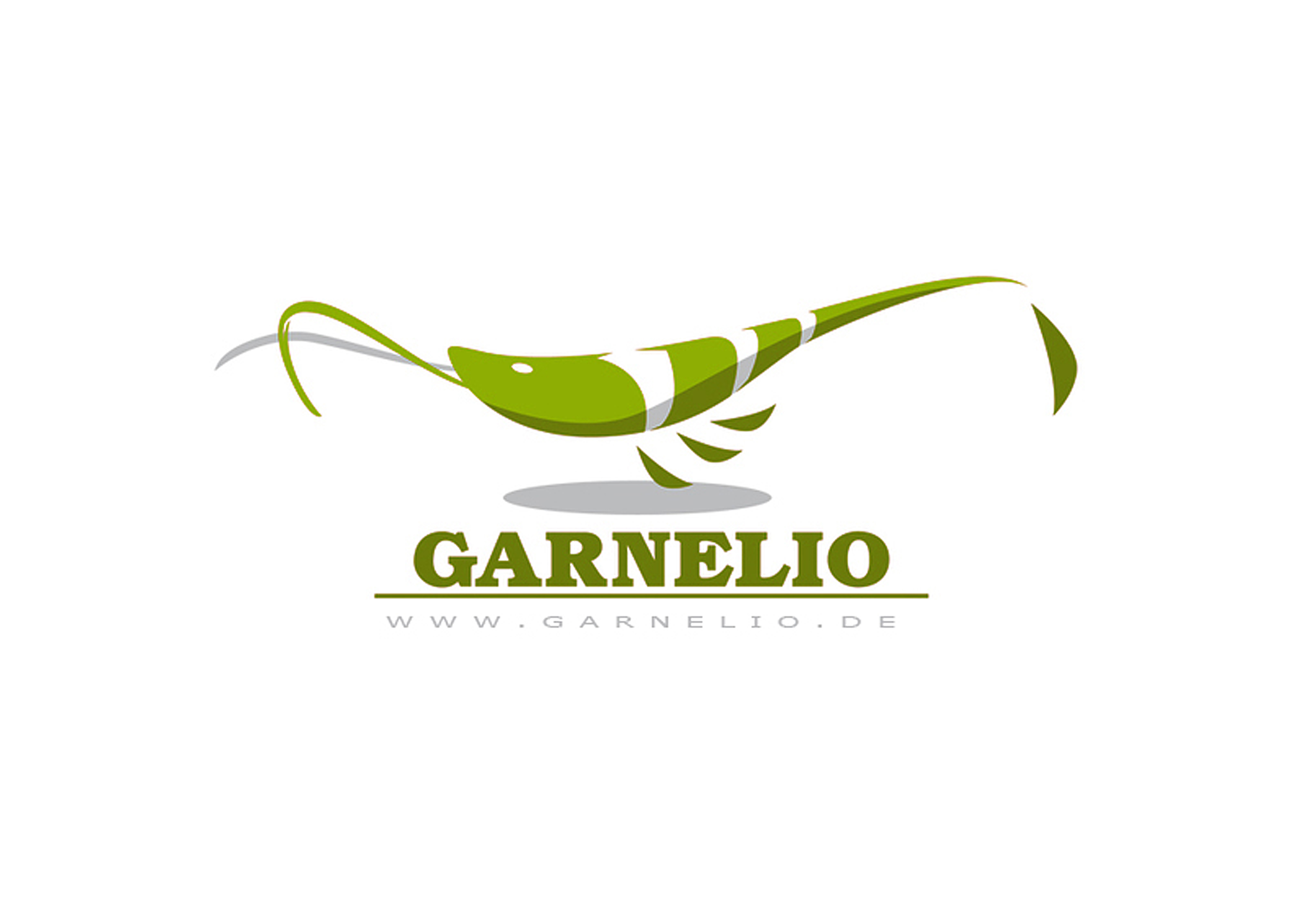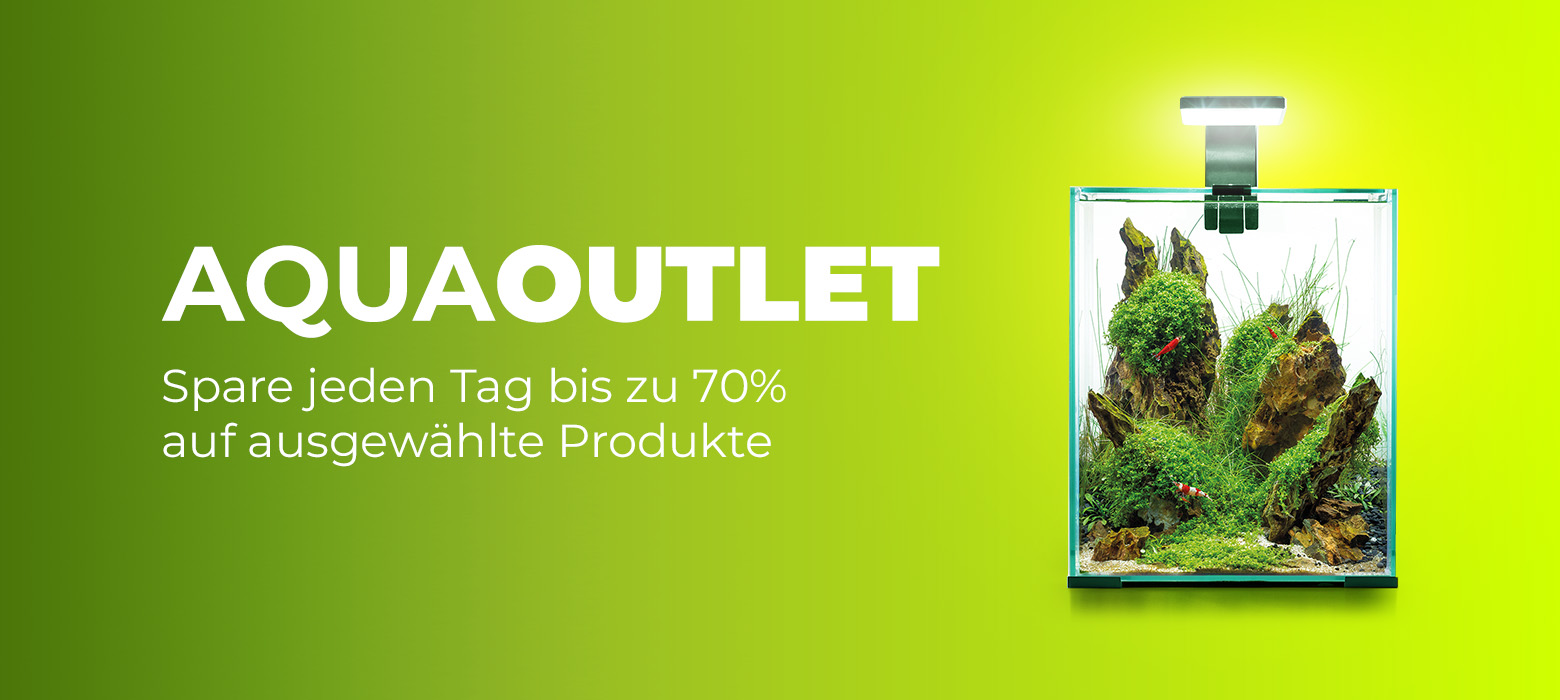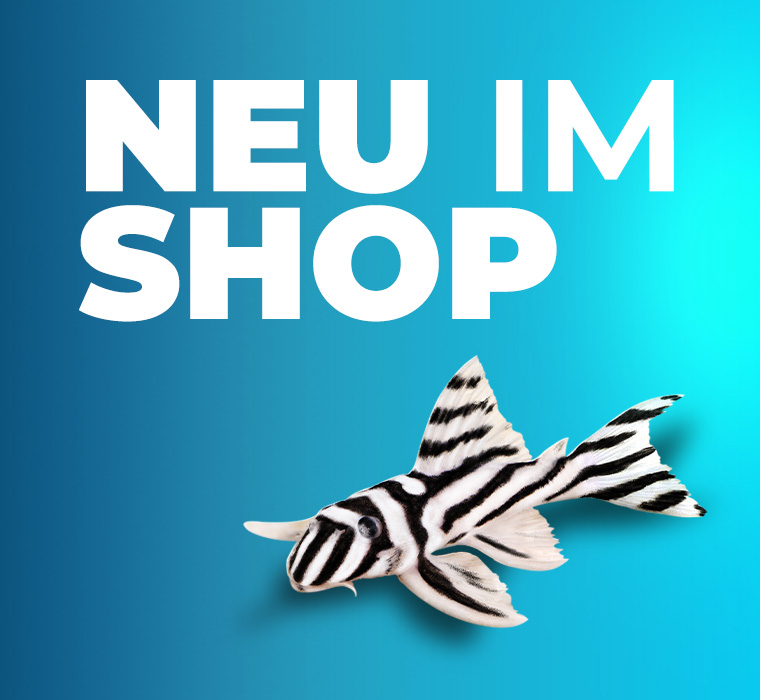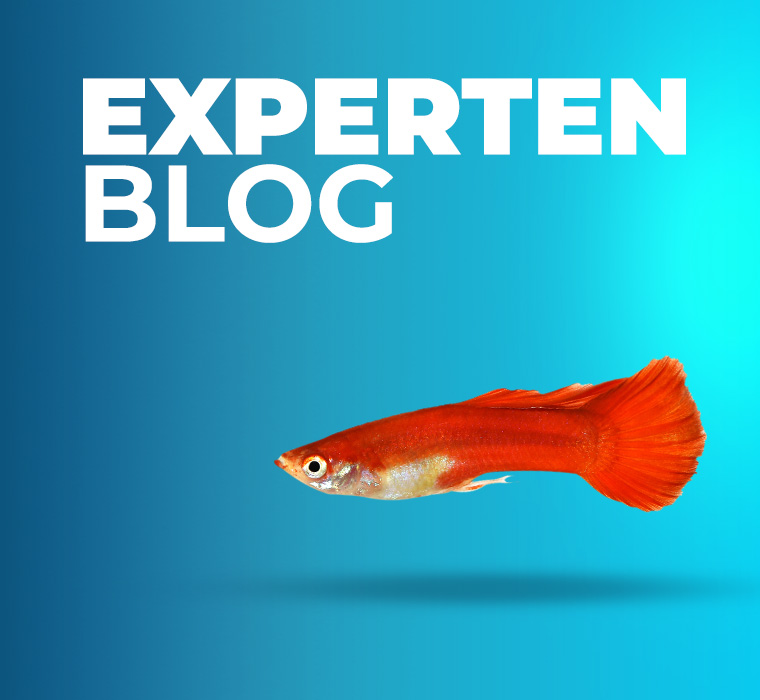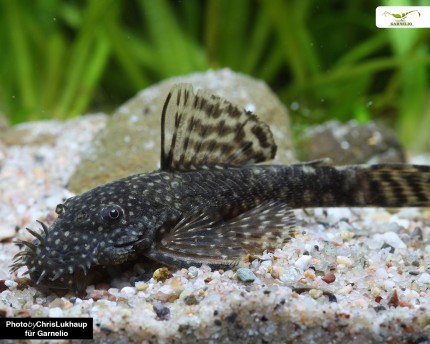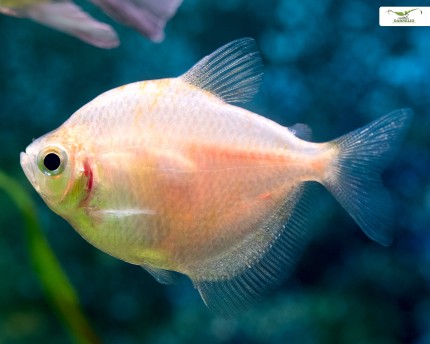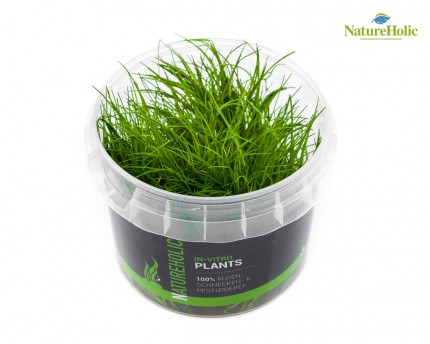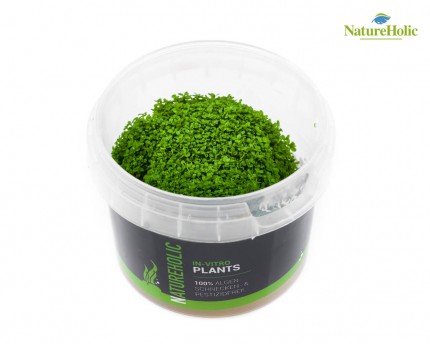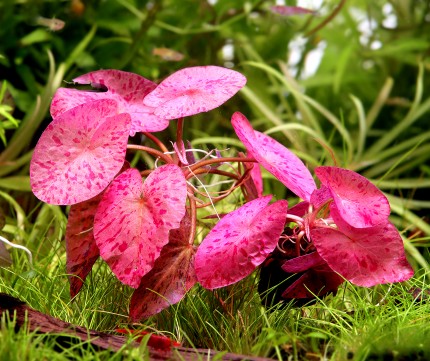incl. VAT plus shipping costs
Currently not available
Delivery only innh. Germany and Austria possible.
Switch to the German store
-10% EXTRA-RABATT
auf Deinen gesamten Warenkorb!!
- Item no: 28990
Fast delivery times
All products are in stock with us!14 years of breeding experience
Let our team of experts advise you!High customer satisfaction
from over 3,000 reviews "| Water values: | soft to medium hard |
| Aquarium size: | 100 l (approx. 80cm) |
| Temperature: | 22-28 °C |
| Visual effect: | interesting body shape |
| Feature: | Algae eater |
| with fish?: | Yes, with peaceful fish |
| Diet: | limnivorous - growth eater (algae) |
| Pelvic region: | Below |
| Fish group: | Catfish |
| Breeding: | medium |
| Origin: | South America |
| with shrimps?: | with dwarf shrimps, offspring is not eaten |
| Final size: | 1-4 cm |
| Planting possible?: | Yes |
| with snails/shells?: | Yes |
| Difficulty: | 1 - Simple |
| Behavior: | Normal |
| with large crabs?: | No |
| with dwarf crabs?: | No |
| with crabs?: | No |
The LDA 25like the Spotted ear lattice shrimp is also called, is a popular algae eater and is also known as "Pitbull" Otocinclus known. It is native to South America and is found primarily in the Canhotino River, the Pernanbuco River and the Salgado River in Brazil found. There it mainly inhabits very clear slow flowing waters with sandy bottoms and rocky substrates. Its easy care makes it also suitable for Beginners interesting for beginners.
You can keep this great fellow in a group of 4-6 animals from 80 cm edge length well maintain. Offer him a sandy substrate with a slightly higher stratification, so that he does not hurt himself, he also likes to burrow in it. Structure the aquarium with Root wood and Caves well, also secured against falling over Rock structures it accepts gladly. You can put plants at the edge and in the background.
Its Breeding should be possible, but it happens rather accidentally in the aquarium. You can distinguish the males from the females distinguish by their more pointed snouts, the females are also a bit stronger.
Because it is very peace-loving, you can keep it together with other peaceful fishes fishalso Dwarf shrimps or Fan shrimp are suitable. On dwarf or Crayfish but you should better do withoutbecause they might nip or even eat him.
Feed this fellow varied and nutritious, besides algae he also eats Catfish chips and Catfish tablets but also rasps on soft Bog rootswhich he needs among other things for his digestion. You can also give him scalded vegetables like Lettuce, Cucumbers, Peppers, Zuchini- or Pumpkin chips offer. From time to time you can also spoil him with live and frozen food, Artemia, but also mosquito larvae or Tubifex are suitable.
Our food recommendation: The NatureHolic Catfish Feed for all sucking catfish in the aquarium is a well-balanced tablet food, which does not cloud the water and the fish like to eat. The catfish tablets also contain NatureHolic active ingredient complexes that provide sucking catfish with everything they need for a strong immune system, healthy growth and great, contrasting coloration. As snack, supplementary food or vacation food we recommend the CatfishPlates.
Our plant recommendation: Use for planting NatureHolic InVitros. These are free of snails, planaria and other unwanted co-inhabitants. Also free of algae spores, bacteria and fungi.
Expert Tip: We recommend when keeping fish the NatureHolic 3 Phase Liquid. The care set offers the best all-round protection for your animals. It ensures optimal conditions for successful breeding and keeping.
| Scientific name: | Parotocinclus jumbo |
| German name: | LDA25, spotted ear lattice catfish |
| Difficulty level: | for beginners |
| Origin/Distribution: | South America |
| Coloration: | gray to golden base color, can adapt to the substrate |
| Age expectation: | approx. 4-5 years |
| Water parameters: | GH 10-30, KH 6-15, pH 6.5-8, temperature 23-28° C |
| Tank size: | 200 l and up |
| Food: | Omnivorous, catfish tablets, catfish chips, scalded vegetables, pumpkin chips, algae |
| Breeding: | elaborate |
| Behavior: | peaceful |
| Group size: | at least 4-6 animals |
| Further information: | Ten typical aquarium fish for beginners and alternatives to them, Tips for acclimating fish to the aquarium, Feeding aquarium fish properly - cheap food and what it can do |

